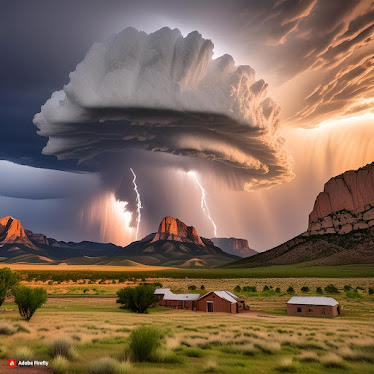👉 Kanchenjunga
👉 Kanchenjunga, situated at an altitude of 8, 598 m above the sea level is the highest point of India.
👉 Kuttanad, in the state of Kerala, which is located at −2.2 m below the sea level, is the lowest point of the nation.
👉 Brahmaputra River, flowing over an area of 2, 900 km is the country's longest river.
👉 India covers 2.4% of the Earth's surface. Total land area of India is 32,87,263 sq.km.
👉 Deccan Plateau is the largest plateau of India and the Ladakh Plateau is the Highest Plateau of India.
👉 India is divided into 28 states, 8 union territories and 01 national capital territory.
👉 Mawsynram town, situated in the East Khasi Hills district of Meghalaya in northeastern India, is the wettest place on the earth.
👉 India has the world's first Floating Post Office on Dal Lake in the Srinagar District of Jammu and Kashmir.
👉 India has the largest postal network in the world. it actualy has more than 1,55,035 post offices.
👉 Lonar Lake
👉 Lonar Lake in the Buldhana district of Maharashtra is considered to be formed by the impact of a meteor. It is also the only basalt rock and the third largest crater lake in the world.






